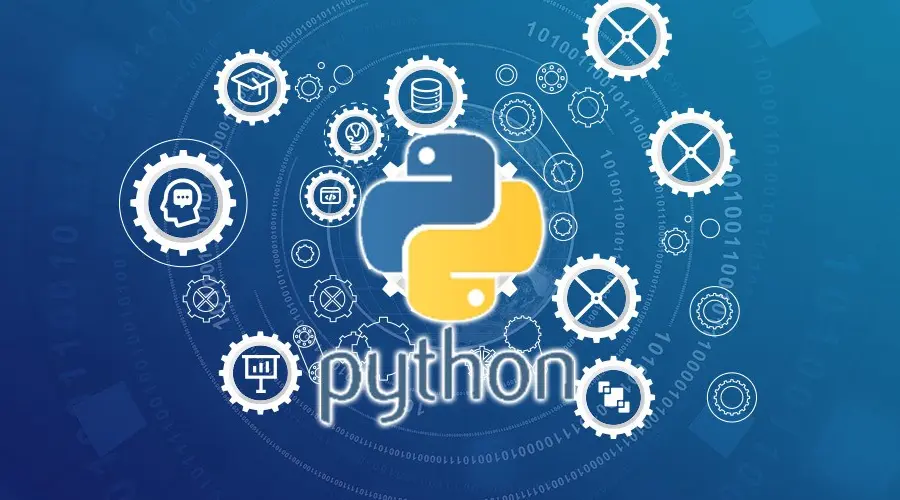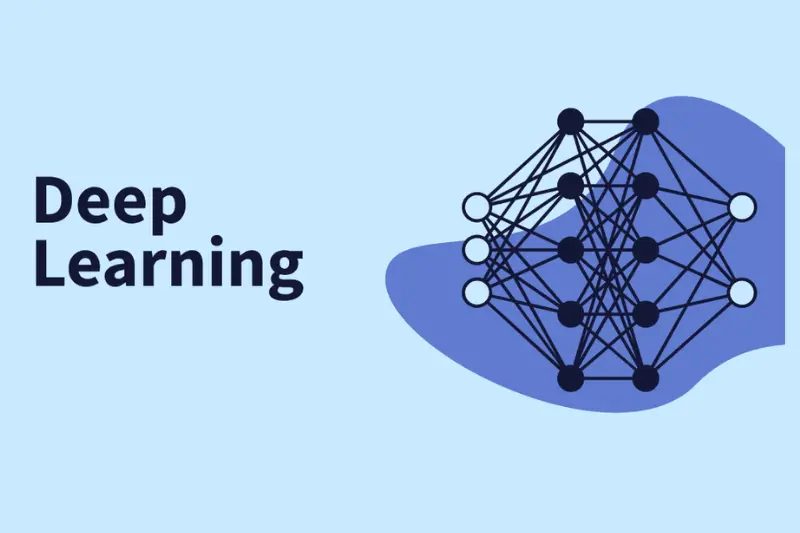A deep learning course is a program of study that teaches the fundamentals and applications of deep learning, a subfield of machine learning focused on artificial neural networks with multiple layers. The course typically covers topics such as neural networks, activation functions, loss functions, optimization algorithms, convolutional neural networks (CNNs), recurrent neural networks (RNNs), and generative adversarial networks (GANs).
Here are some of the best deep learning courses:
1. Introduction to Deep Learning course in Python

Deep Learning course in Python | Neonpolice
Deep learning is a subfield of machine learning that focuses on creating algorithms inspired by the structure and function of the brain, also known as artificial neural networks. In Python, deep learning can be performed using popular libraries such as TensorFlow, Keras, PyTorch, etc.
To get started with deep learning in Python, one can follow these general steps:
- Gather and preprocess data: Collect the data you want to train your model on and preprocess it to make it suitable for the model.
- Choose a model architecture: Select the type of neural network you want to use for your task. Common architectures include feedforward networks, convolutional neural networks (CNNs), recurrent neural networks (RNNs), and more.
- Train the model: Train the model on your preprocessed data using an optimization algorithm to minimize a loss function.
- Evaluate the model: Measure the performance of the model on a validation set and make any necessary adjustments.
- Make predictions: Use the trained model to make predictions on new data.
This is just a high-level overview of the deep learning course in Python, and there are many other details to consider along the way.
2. Introduction to TensorFlow in Python
TensorFlow is an open-supply software program library for dataflow and differentiable programming throughout various responsibilities. It’s a symbolic maths library and is likewise used for system studying applications together with neural networks. It was developed by the Google Brain team and released under the Apache 2.0 open-source license.
In Python, TensorFlow can be used to define, optimize, and evaluate computational graphs, which can represent a wide range of machine learning algorithms, including deep neural networks. The TensorFlow library provides tools for training and evaluating models, as well as tools for creating and running computational graphs.
To get started with TensorFlow in Python, you will need to install the TensorFlow library. After installation, you can import TensorFlow into your Python script using the following code:
python code
- import tensorflow as tf
3 . Introduction to Deep Learning with Keras
The deep learning course in Keras is an open-source software library that provides a Python interface for artificial neural networks. It is a high-level library, which means that it runs on top of other lower-level libraries, such as TensorFlow. Keras was developed with a focus on enabling fast experimentation and allowing for easy and fast prototyping (through user friendliness, modularity, and extensibility).
Deep learning refers to artificial neural networks with many layers (hence “deep”). These models are capable of learning complex representations of data, such as images, audio, and text. They have achieved state-of-the-art results in many applications, including computer vision, natural language processing, and game playing.
To get started with deep learning using Keras, you will need to install the Keras library. After installation, you can import Keras into your Python script using the following code:
python code
- import keras
Once Keras is imported, you can define a deep learning model using the Sequential class, which is a linear stack of layers. You can add various layers to the model, including dense, convolutional, recurrent, and pooling layers, to create a network with the desired architecture. You can then compile the model by specifying the optimizer, loss function, and evaluation metrics. Finally, you can fit the model to training data and evaluate it on test data.
Keras provides a high-level, user-friendly API for building and training deep learning courses.
4. Advanced Deep Learning with Keras
Keras is a popular deep-learning library for building and training advanced neural network models in Python. Advanced deep learning with Keras includes the use of more complex network architectures, such as recurrent neural networks (RNNs), convolutional neural networks (CNNs), and long-short-term memory networks (LSTMs), as well as techniques like transfer learning and fine-tuning pre-trained models.
Keras provides various high-level API’s, such as the Sequential and Functional API, that makes it easy to define and train advanced deep learning models. It also has support for popular deep learning models, such as VGG, Inception, and ResNet.
Additionally, Keras has a large community and provides a rich set of tools and utilities for model training, evaluation, and deployment, making it a powerful tool for advanced deep learning applications. Some of these tools include data generators for handling large datasets, callbacks for monitoring training progress, and support for saving and loading models.
An advanced deep learning course with Keras is a valuable skill for developing and deploying cutting-edge deep learning models in various domains.
Conclusion
In conclusion, a deep learning course on Datacamp is a valuable investment for individuals interested in pursuing a career in the field of artificial intelligence and machine learning. The course provides a comprehensive understanding of deep learning algorithms and their applications and teaches practical skills for building and deploying deep learning models. Online course for deep learning is available too.
By completing a deep learning course, individuals can gain hands-on experience with deep learning frameworks, such as TensorFlow and Keras, and develop a portfolio of deep learning projects to showcase their skills. This can help individuals stand out in a competitive job market and increase their career opportunities in the field of AI and machine learning. You can find out more about deep learning courses on Neon police.





